“Employee Discontent Mounts as Starbucks Falters in China—When Will the New CEO Effect Materialize?”
Input
Changed
Nicole: “Drinks must be prepared within four minutes” Baristas: “Impossible during peak hours” High prices and patriotic consumption drive headwinds in China
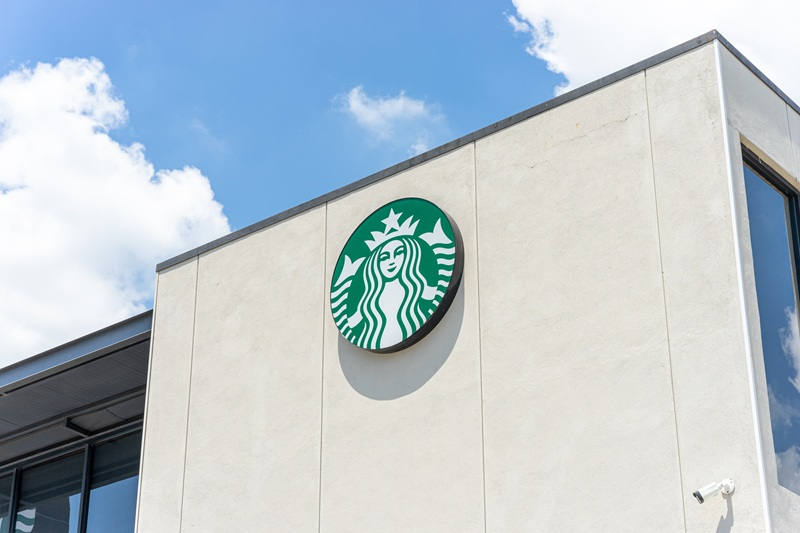
Starbucks, the world’s largest coffee chain, has embarked on sweeping reforms to reverse lackluster performance, yet its paradoxical directive to prepare complex beverages within minutes has fueled pushback from baristas. At the same time, elevated prices are hindering customer retention, leaving the company with no clear signs of a rebound.
Nicole’s Leadership Spurs Confusion and Frustration Among Staff
On September 9 (local time), The New York Times reported that “Brian Niccol, who moved from Chipotle to Starbucks with a $100 million compensation package, has been working at a pace as brisk as caffeine over the past year to reinvigorate the company. While some of his initiatives have been welcomed, others have sown confusion and frustration among both customers and employees.”
Brought in last August to revive earnings, CEO Niccol has implemented multiple measures to lure back customers. He allowed free substitutions of alternative milk in dairy-based drinks, reinstated self-service stations with milk and syrups, expanded comfortable seating through extensive remodeling, streamlined the menu by cutting items, and introduced promotional beverages aligned with contemporary trends.
Identifying lengthy wait times during peak hours as a key driver of customer attrition, Niccol pressed baristas to serve drinks at fast-food speed. In a recent Fox News interview, he pledged to reduce waiting times to under four minutes. Starbucks has since expanded staffing and invested more than $500 million in developing order optimization technologies.
The problem lies in the complexity of the very promotional drinks meant to entice customers. Brooke Allen, a California barista, noted that preparing a popular summer item—the Strawberry Matcha Strato Frappuccino—requires six ingredients and two blenders. “If that were the only drink I had to make, I could finish in 40 to 50 seconds. But that’s not reality,” she complained. Baristas have also voiced frustration over being compelled to personalize every cup with drawings or messages, a once-voluntary gesture. According to NYT, failure to inscribe personalized notes during peak hours results in disciplinary warnings. Jasmine Relly, a Buffalo barista, recounted, “When I say there’s no time to write on cups, the response is, ‘Do you not want to keep working here?’”
Bonus Cuts and Prolonged Earnings Decline
Niccol’s policies have yet to satisfy staff or customers, nor have they delivered financial recovery. In July, Starbucks announced that same-store sales at outlets open for at least a year had declined for six consecutive quarters. Last year, under Niccol’s leadership, the company slashed employee bonuses by 60% and carried out sweeping layoffs, yet the turnaround remains elusive.
Since the 1970s, Starbucks has thrived under the ethos of elevating coffee into a premium European-style experience, branding itself as a “third place.” With high-quality beans and barista-crafted drinks, it evolved into a haven for “everyday indulgence.” Today, Starbucks operates over 40,000 stores worldwide, ranking as the world’s second-largest restaurant chain after McDonald’s.
But recent challenges abound: mobile ordering has complicated beverage preparation and lengthened fulfillment times, chronic understaffing has added to employee burdens, and reputational damage from a boycott—sparked when an employee posted pro-Palestinian content on social media amid the Gaza conflict—has further weighed on the brand.
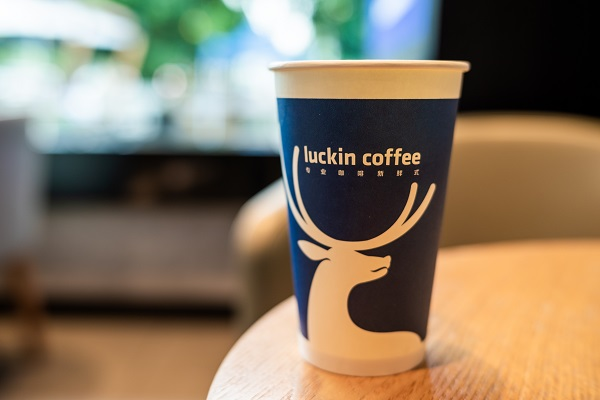
China, Starbucks’ No. 2 Market, Faces a Potential Divestiture
Meanwhile, in one of its most crucial growth markets, Starbucks is reportedly exploring an exit. Since July, the company has been pursuing a sale of its China operations and has received bids from multiple prospective investors. It is now reviewing proposals and shortlisting participants for the next bidding round.
Starbucks entered China in 1999 and, as of March 2024, operated 7,750 stores there. China has become its second-largest market after the United States, but growth has stagnated in recent years. From fiscal 2022 through 2024, Chinese revenue remained flat at around $3 billion annually. More troubling, store sales in the latest fiscal year fell 8% year-over-year, squeezed by intense competition from larger, lower-priced domestic rivals.
Luckin Coffee, China’s homegrown chain, has surged ahead with triple the store count of Starbucks. Between January and March last year, Starbucks posted net revenue of $740 million, while Luckin reported $1.2 billion over the same period. Beyond patriotic consumption trends, Starbucks’ high prices have further alienated Chinese consumers. Droughts in major coffee-producing regions pushed up bean prices, and the Trump administration’s 50% tariff on Brazilian coffee compounded costs, leading Starbucks to raise prices repeatedly. Coupled with economic headwinds squeezing the middle class, these hikes accelerated customer defection.

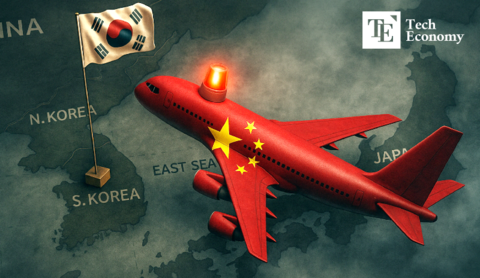
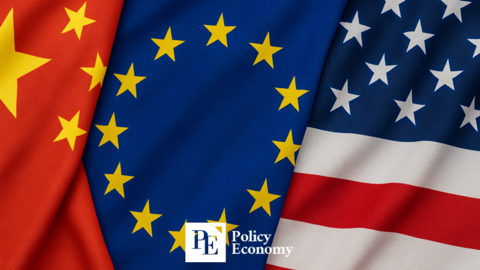
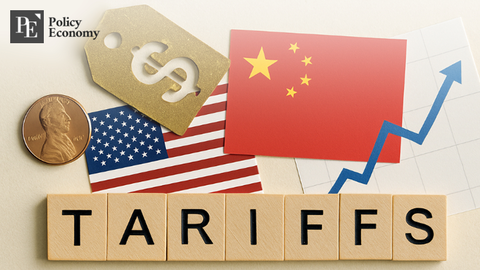
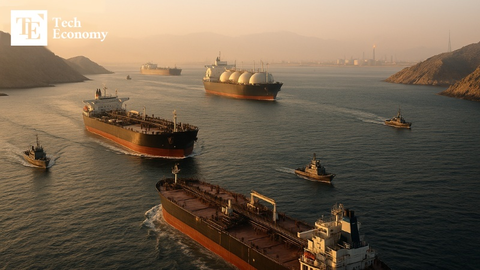
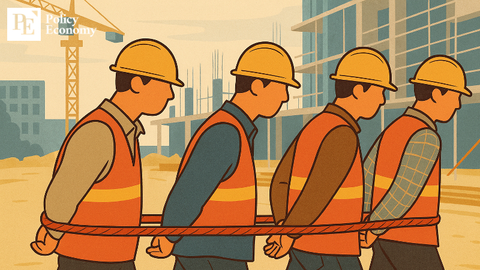
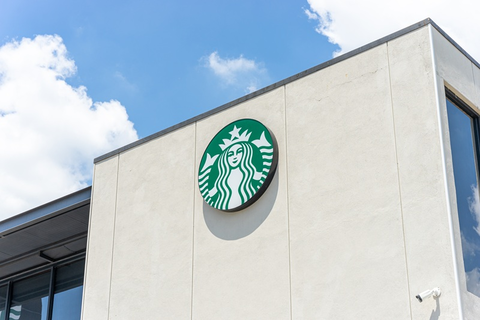
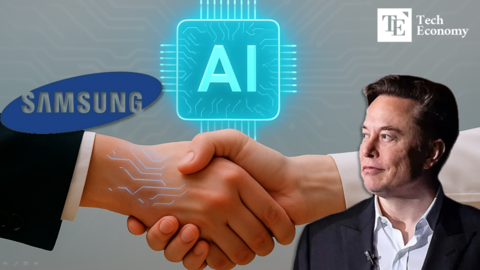
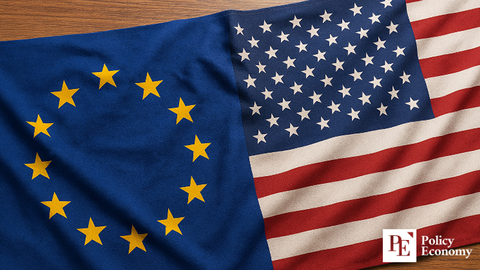
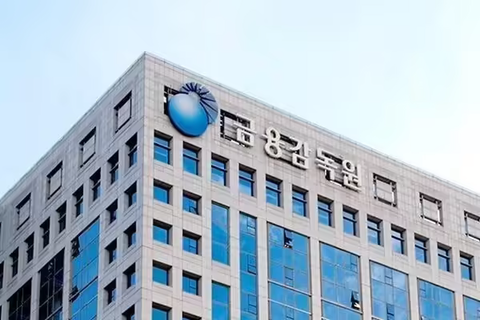












Comment